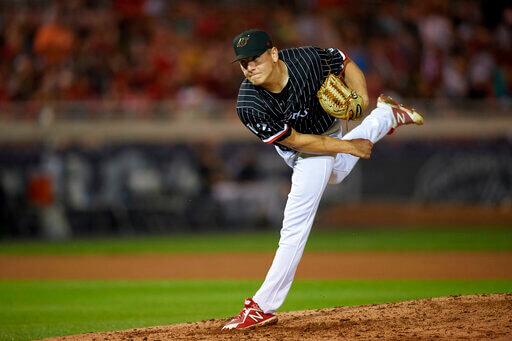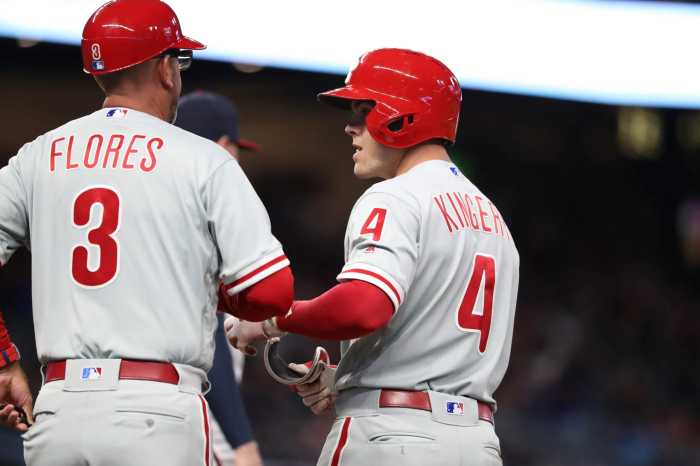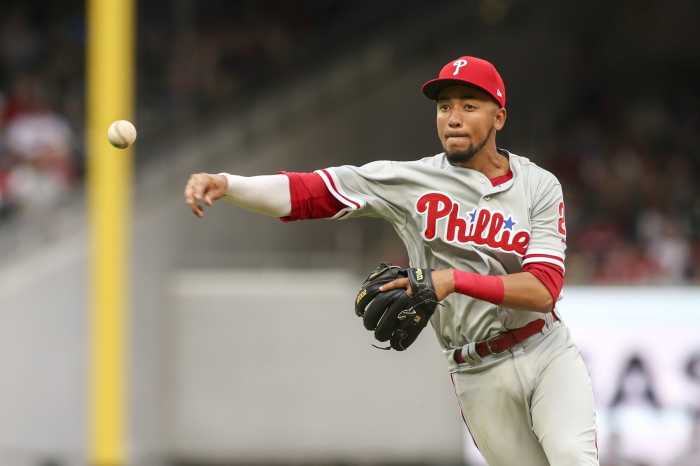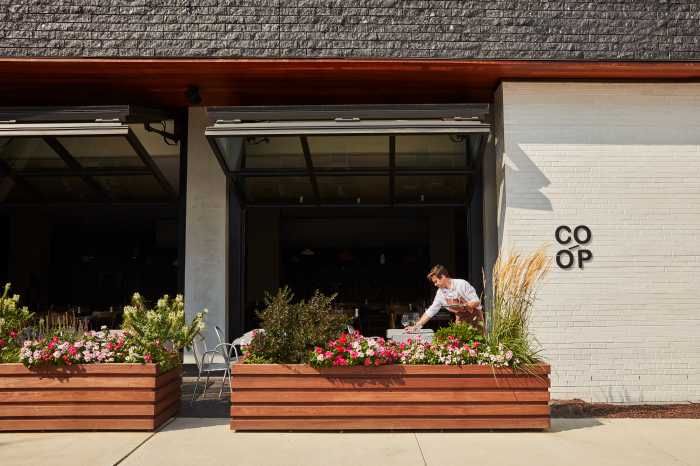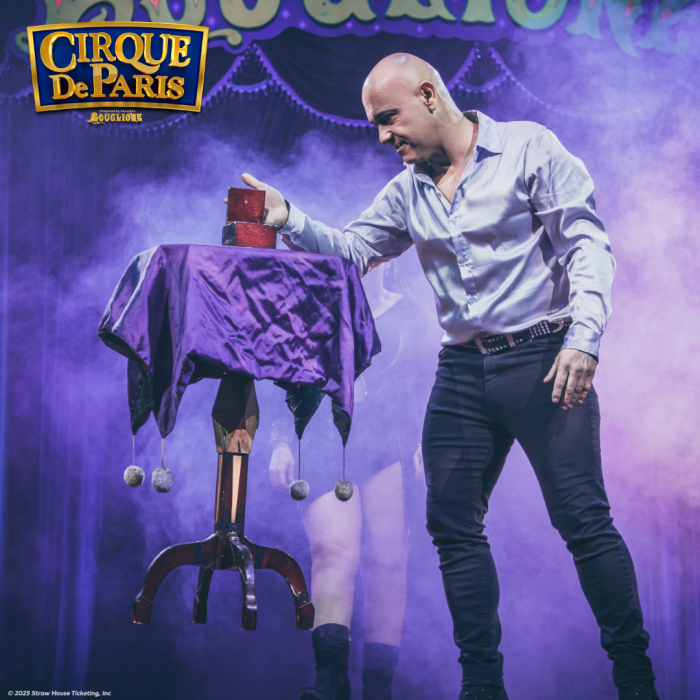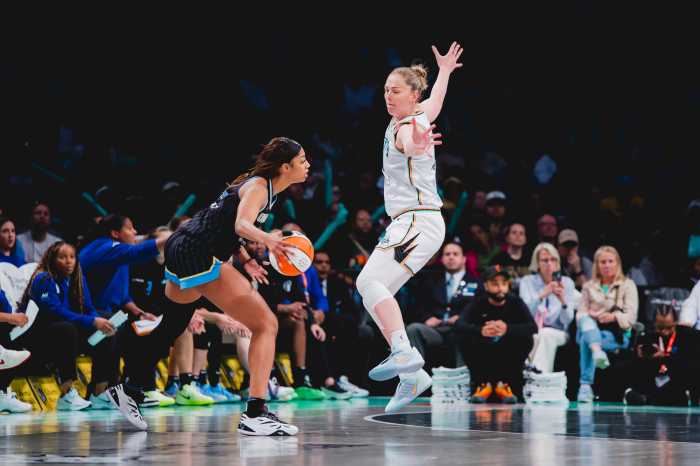It’s no secret that the Philadelphia Phillies’ inability to not only draft talent, yet develop as well has been poor over the years. Sure, they lucked out with the last names of Hamels, Howard, Utley, Nola, and (maybe) Hoskins and Haseley. However, overall, it’s justified to not over hype any prospects in our pipeline.
But, enter Spencer Howard.
The Backstory
Back in the early spring of 2017, then Phillies scouting director Johnny Almaraz flew to California to check out some of the players the team was considering talking in the first round. The Phillies’ California scout,
Shane Bowers, was begging Almaraz to head to UCLA to check out an underrated prospect.
This kid out of Cal Poly was getting the nod at the mound to face the powerhouse of a lineup at UCLA. This same prospect that only caught the eye of Bowers was predicted to get rocked that same afternoon.
What’d this kid do?
Struck out five batters in 5.2 innings of work, and only allowed one run off a solo home run in the third inning.
Guess who? It was Spencer Howard.
Despite not being sought after by teams, in that game, Howard “ate those UCLA hitters up,” Almaraz recalled. “After that, I knew that was the guy we were going to focus on for the second round.”
As a prospect, Howard was described to have a “large frame, broad shoulders, thick lower half. Power pitcher’s build.” While pitching, he showcases a “semi-windup, tall leg kick, lands slightly closed w/ strong and on-line finish. Full, deep arm circle that stays in-line. H3/4 slot.”
Let’s put that in layman’s terms: Howard is three inches taller and average weight of MLB pitchers. His 3/4 arm slot is the normal way pitchers throw a baseball, he isn’t doing any fancy overhead or submarine looking throws.
To scouts, Spencer Howard is essentially just any average pitcher. But to the Phillies’, he looks to be their future.
How Did This Come About?
The funny part is that Howard was a prospect deep into the Phillies’ system. He was a no-name until he tossed the first postseason no-hitter for Class A Lakewood. This was a 1-0 victory over Kannapolis that punched the BlueClaws ticket to the South Atlantic League Championship Series.
In the video of him closing out the no-hit bid, his fastball reached as high as 100MPH, and 94 MPH on his 103rd pitch:
Howard can overpower batters with his fastball that can touch 98 MPH. He can also he can fool a batter with an arsenal of pitches, where he showcases dominant curve balls and sharp sliders with a lot of bite. His change-up is where he could reach a high potential, especially since his fastball is very controlled and consistent.
His problem?
He tends go with the traditional “let’s throw a ball really fast then try to fool with an off-speed pitch.” He became predictable in Single-A, and showed some control issues.
The good news?
Howard acknowledged this, and fixed it in Double-A. He got promoted to Reading, where he started six games and finessed batters en route to a 2.35 ERA. He silenced the doubts of his control with a 0.83 WHIP and 2.0 walks per nine innings. He’s gained high praise from pitching coach Brad Bergeson, who’s called his arm “special,” and that the “sky’s the limit” for Howard.
His Future Impact
Spencer Howard faced a couple of shoulder injuries last season, but it did not deter him from overpowering batters and dominating the minor leagues. His overwhelming success in Clearwater and Reading moved his ETA to the MLB to 2020 rather than 2022 like initially given when drafted.
Howard has shown the ability to avoid the barrel of bats, and has the stuff to be a starter in today’s MLB. Once he learns how to use his pitches wisely and command his off-speed pitches, he could work his way up to be a number two starter behind Aaron Nola.
In fact, he can be closely compared to Nola.
As a prospect, he is not afraid to throw front door curve balls to right-handed batters. This allows him to catch the opposition off guard. Along with this, his devastating off-speed pitches often have batters chasing in the dirt.
Don’t expect Howard to make an immediate MLB impact. If he does after one start, Philly fans will certainly overreact. As an example, look at Cole Irvin’s first start compared to the rest of his appearances. Howard will be 23 years old at the start of the season. The kid will need some adjusting to the MLB.
The Big Leagues
Due to his command and control issues, it would not be a surprise if he needs some time. Despite having four-five pitches now, he’ll need to cut that down to three with the occasional fourth pitch to thrive. Focusing on his best pitches will make him succeed in the major leagues. Just look at Nola, Kershaw, and Scherzer, who were all similar in their pitching styles.
The MLB is becoming a hitter’s league once again, being called the “juiced ball era.” Howard’s ability to make batters miss and not allow a deep ball by avoiding barrels is much needed in Citizen’s Bank Park.
Howard gained valuable experience in the Arizona Fall League, which is good considering he only has a handful of Double-A starts on his resume. His 0.94 WHIP and only ten hits allowed in six starts displayed his dominance. His control seems to be on the right track to dominate the big leagues. Howard should be invited to Spring Training, where he will try to impress his new manager and pitching coach.
As for the Philadelphia Phillies’ organization, however, if Howard is not brought up this season after their lack of signing pitching so far this offseason, fans may riot. If we see Vince Velasquez or Nick Pivetta continually get rocked on the mound again, the Phillies will never get over the hump. Howard’s much-needed presence will put fans in the seats, as well as help the Phillies succeed down the line.
Mike Janes/Four Seam Images via AP

